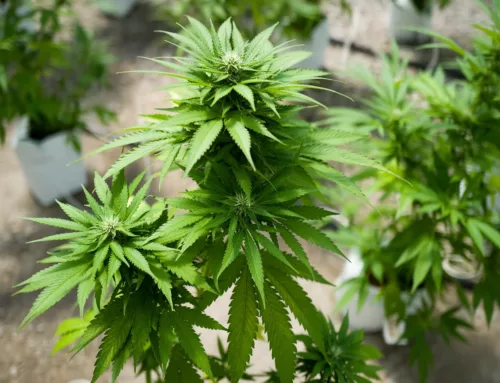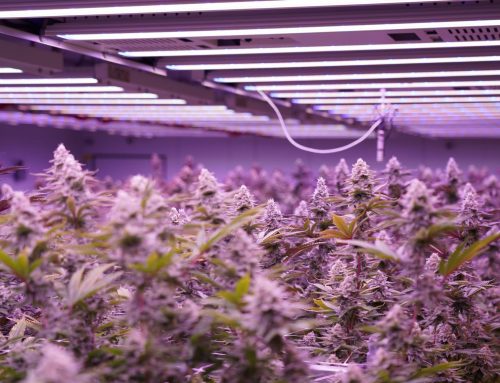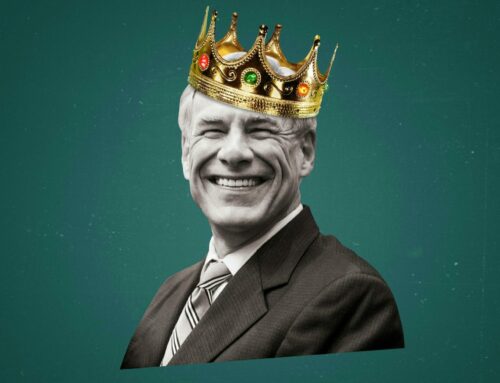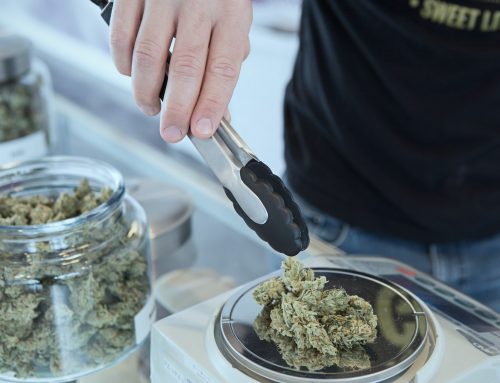Cannabis and Exercise: Challenging Stereotypes of ”Lazy Stoner”
DENVER- In a recent study conducted at the University of Colorado at Boulder, researchers delved into the relationship between cannabis consumption and exercise habits among older Americans. Contrary to prevailing stereotypes, the findings challenged the notion of the ‘lazy-stoner’ archetype, revealing that cannabis consumers tended to exhibit more robust engagement in physical activities compared to non-consumers over the course of a four-month trial.
Published in the American Journal on Health Behavior, the study shed light on a segment of the population often overlooked in discussions about cannabis use and physical health. “Compared to older adult nonusers,” the study asserted, “older adult cannabis users had lower [body mass index] at the beginning of an exercise intervention study, engaged in more weekly exercise days during the intervention, and were engaging in more exercise-related activities at the conclusion of the intervention.”
The research, while preliminary, adds to a growing body of evidence challenging stereotypes surrounding cannabis use and physical activity. It notably highlights the potential for cannabis to coexist positively with exercise routines, particularly among older demographics.
In a climate where cannabis legalization continues to evolve across the United States, understanding its impact on health and well-being becomes increasingly pertinent. Notably, the study noted a rising trend in cannabis consumption among older adults, a demographic often seeking alternatives to conventional pain management and wellness solutions.
“While those numbers may be several years old, the trend of rising marijuana use among older adults has continued,” the study highlighted, echoing observations from previous research and public health trends.
The study’s significance lies in its examination of a demographic typically excluded from mainstream discussions about cannabis use and its effects. As more older Americans turn to cannabis for medical and personal reasons, understanding its implications for exercise and overall health becomes imperative.
The research, however, did not come without its limitations. The study’s measure of cannabis use lacked granularity, failing to capture nuances such as consumption frequency and methods of administration. Additionally, researchers did not explore potential negative side effects associated with cannabis use among participants.
Despite these limitations, the study’s authors underscored the need for further investigation into the interplay between cannabis consumption and exercise. They advocated for comprehensive research to elucidate the mechanisms underlying the observed associations, including factors such as pain relief, enjoyment of physical activity, and recovery.
As the discourse surrounding cannabis continues to evolve, studies like these offer valuable insights into its potential roles in promoting health and wellness, particularly among older adults. Moving forward, rigorous research efforts are needed to unravel the complex relationship between cannabis, exercise, and overall well-being.
In an era of shifting attitudes towards cannabis, understanding its impact on physical activity could pave the way for more holistic approaches to health promotion and wellness among diverse populations.




































